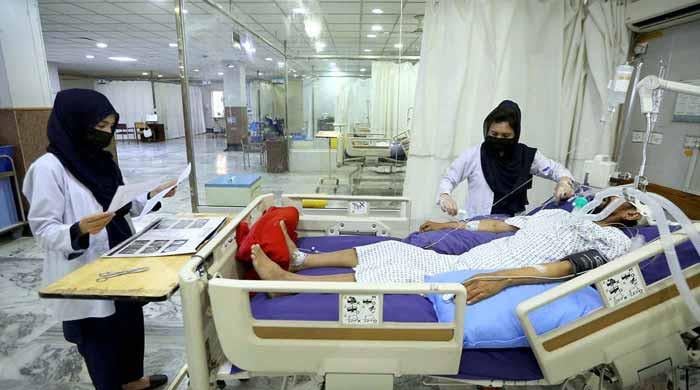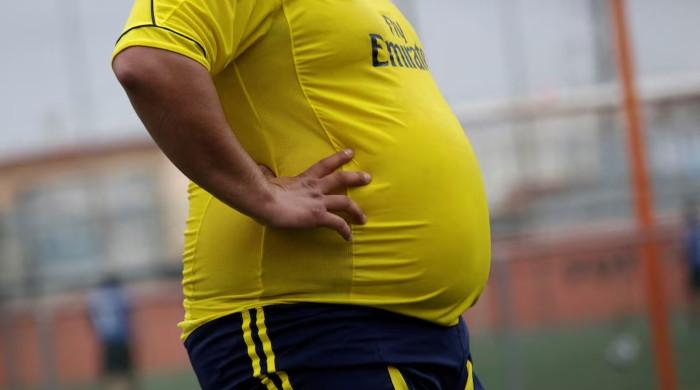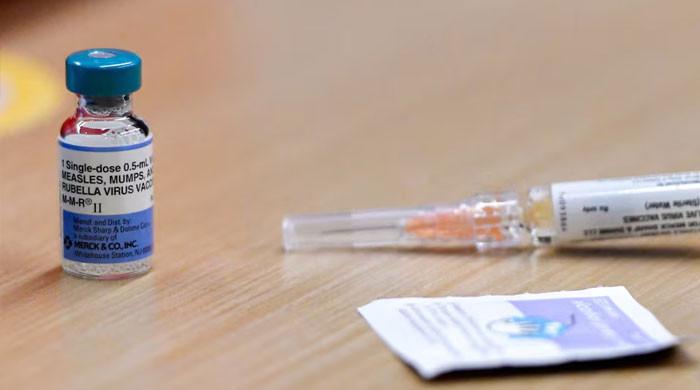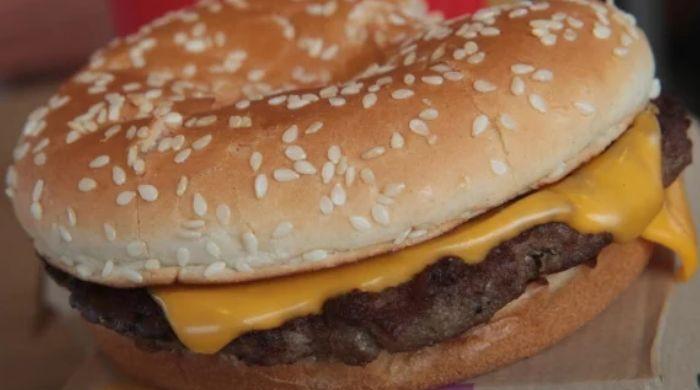Fast food may lead to liver disease
Liver, body's second-largest organ after epidermis, aids in separating nutrients from waste as it moves through digestive system
January 12, 2023
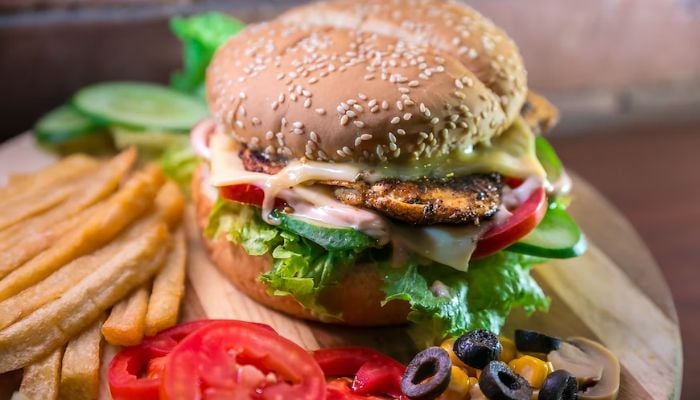
Prior research has revealed that eating fast food increases the risk of obesity. A recent study in the US looks at the relationship between liver disease rates and the standard American diet.
According to a USC Keck Medicine study released on Monday, those who want to limit their intake of fast food are making healthy decisions. According to data, eating fast food is linked to non-alcoholic fatty liver disease.
The liver, the body's second-largest organ after the epidermis, aids in separating nutrients from waste as it moves through the digestive system. Numerous illnesses can be referred to as liver disease, but the study published recently focused primarily on non-alcoholic fatty liver disease (NAFLD). An increasing amount of fat in the liver is what causes this condition.
Fatigue and soreness or discomfort in the upper-right abdomen are the main signs of non-alcohol fatty liver disease.
In the United States, non-alcoholic fatty liver disease is a frequent form of chronic liver disease. People who have the condition may develop more severe types that could lead to liver failure. Nonalcoholic steatohepatitis has the same effects as alcoholic steatohepatitis when it develops.
Obesity is a major risk factor for non-alcohol fatty liver disease. Ani Kardashian, MD, the lead author of the current study and a hepatologist with Keck Medicine, emphasises this in a press release from Keck Medicine of USC.
"The severe rise in liver fat in those with obesity or diabetes is especially striking, and probably due to the fact that these conditions cause a greater susceptibility for fat to build up in the liver."
In the last 50 years, fast food consumption has grown dramatically, according to Kardashian, and COVID-19 has contributed to this growth in recent years. During the pandemic, it was considerably simpler to access popular fast-food restaurants with drive-thrus than many full-service eateries.
Surprisingly, according to CDC data, Americans who are from higher socioeconomic classes are more likely to eat fast food, which could apply to the rest of the first world.
In the Keck Medicine of USC study, measurements of fatty liver were compared to fast-food intake in 4,000 persons. According to the results, 52% of respondents ate fast food and 29% got at least one-fifth of their calories from it, all of whom had higher liver fat levels.
The study's definition of fast food includes items like pizza or food from a drive-through restaurant without servers.
“If people eat one meal a day at a fast-food restaurant, they may think they aren’t doing harm,” Kardashian was quoted as saying by Health News. “However, if that one meal equals at least one-fifth of their daily calories, they are putting their livers at risk.”
There are foods with fewer calories. In many circumstances, it is possible to view a fast-food menu's calorie count online, but many find it difficult to totally transition to those foods.
Eliminating high-carb foods and beverages with added sugar will assist in the prevention of extra calories with less nutritional value. Lean meats, low-fat calcium-rich foods, and wholesome amounts of fruits and vegetables might be healthier alternatives to fried foods.
In conjunction with healthy dietary practices, physical activity is a fantastic method to fight obesity.







